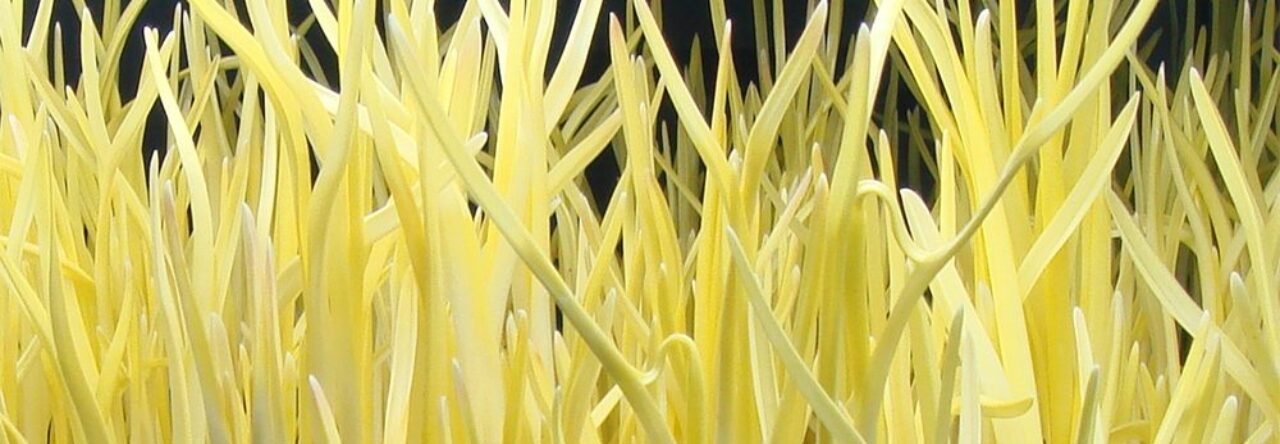Journal of Nutritional Oncology, 2025にがん予防のための植物由来機能性食品:自然療法によるレビュー(原文:Plant-based functional foods for cancer prevention: A naturopathic medicine review)が掲載されました。
機械翻訳にかけた概略は以下のとおりです。
がんは死亡原因の上位にランクされています。保健機関は、健康的でバランスの取れたライフスタイルによる予防が、がんリスクを低減し、ひいてはがんの罹患率と死亡率を低下させる鍵となると指摘しています。公衆衛生戦略を支えるため、抗がん作用を持つ可能性のある食生活や食品中のファイトケミカルの発見への関心が高まっています。自然療法では、主に機能性食品を豊富に含む植物性食品を中心とする食事を通して、がんに対する生体の自然防御力を高めるがん予防を重視しています。本稿では、科学的研究で抗がん作用が実証されている植物性機能性食品の分析と概要を、ファイトケミカル化合物が化学予防作用を発揮するメカニズムに焦点を当てて解説します。様々な作用によってがんリスクを低減することが科学的に認められている植物由来の機能性食品とそのファイトケミカル組成について考察する。柑橘類(柑橘系フラボノイド)、ベリー類(アントシアニン)、ザクロ(エラジ酸)、トマト(リコピン)、大豆および大豆由来食品(イソフラボン)、アブラナ科野菜(インドール-3-カルビノールおよびスルフォラファン)、ニンニク(アリシン)、タマネギ(オニオンA)、緑茶(カテキン)、ウコン(クルクミン)などである。がんの化学予防メカニズムには、抗酸化作用、抗炎症作用、解毒促進作用、発がん物質活性化阻害、血管新生阻害、細胞増殖抑制、アポトーシス抑制、細胞周期停止、ホルモン依存性発がん抑制、エピジェネティック制御などが関与している。数多くの研究でファイトケミカルの健康増進効果が検証されていますが、がん予防は多因子的であり、他のライフスタイル、遺伝、環境など、多くの要因の影響を受けることを強調することが重要です。今後の展望としては、パーソナライズされた栄養学とニュートリゲノミクスに焦点を当て、がん予防戦略を強化し、科学的根拠に基づく自然療法戦略を統合することで、より効果的ながん予防を実現することが期待されます。
記事のリンク: https://journals.lww.com/jno/fulltext/9900/plant_based_functional_foods_for_cancer.53.aspx

